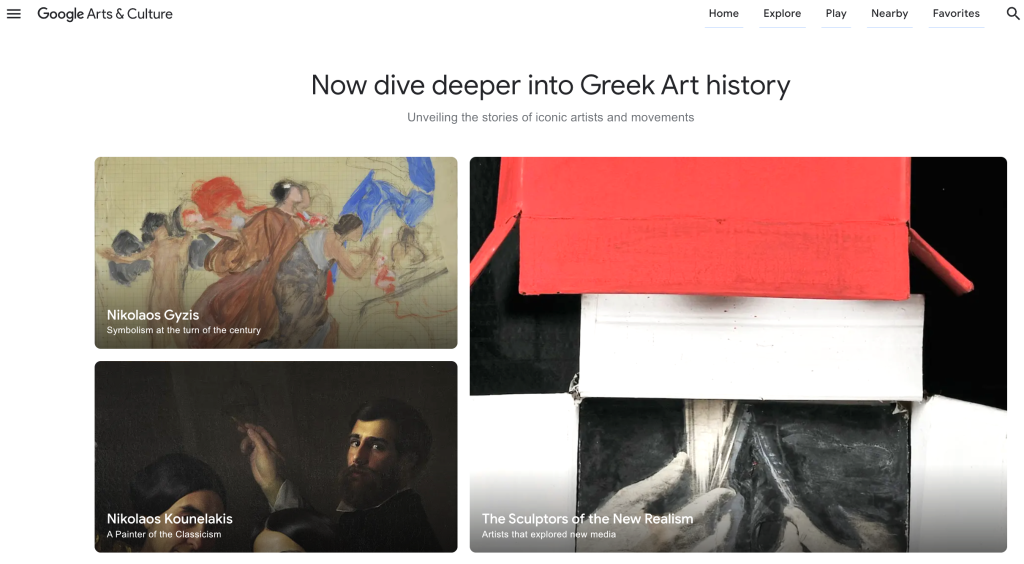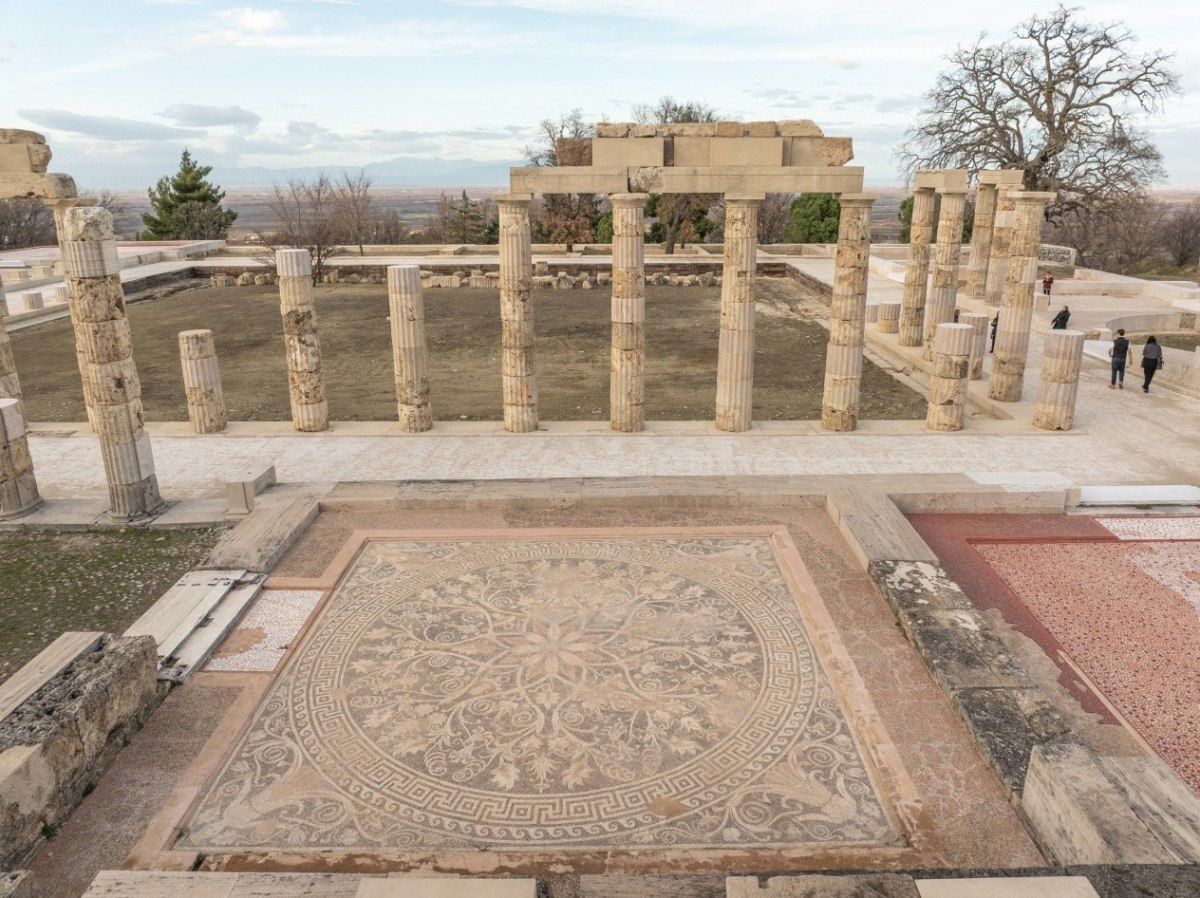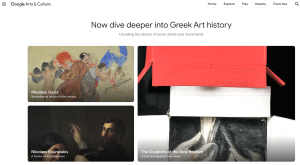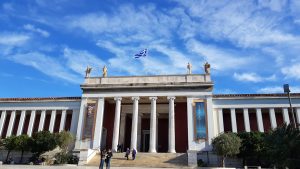The Greek Ministry of Culture has unveiled its new initiative, “Cultural Routes in Iconic Archaeological Sites and Monuments,” at a special event hosted at the National Gallery – Alexandros Soutsos Museum. The project aims to link monuments and cultural landmarks with natural attractions and tourist destinations, offering visitors a unified and immersive experience shaped around shared thematic narratives.

A Journey Through Time and Place
The initiative introduces five curated cultural routes, developed by the Ministry’s Directorates of Prehistoric and Classical Antiquities and of Byzantine and Post-Byzantine Antiquities. These routes span the entire timeline of Greek history and extend geographically across much of the country:
• “Monumental Works of Cyclopes and Men during the Mycenaean Era (2nd millennium BC)”
• “The Road to the West: From Homer to Cervantes”
• “In the Footsteps of Apostle Paul”
• “The Cultural Egnatia Odos”
• “Castle Network: From Byzantium to Ottoman Rule”

Inspired by the Council of Europe’s model for cultural routes, this program forms a dynamic platform for cultural management. It promotes interdisciplinary research and fosters collaboration between national and regional institutions. At the same time, it acts as a catalyst for sustainable development—culturally, economically, socially, and environmentally.

Bridging Culture, Community, and Growth
These routes are not just thematic paths; they are strategic tools for revitalizing lesser-known archaeological sites and integrating them into the broader tourist landscape. By drawing in both local communities and travelers, the project enhances site visibility and encourages regional development.

With increased investment in cultural infrastructure, the Ministry hopes to boost foot traffic to emerging destinations. The expected outcome? A ripple effect that stimulates local economies and sustains entire regions.







